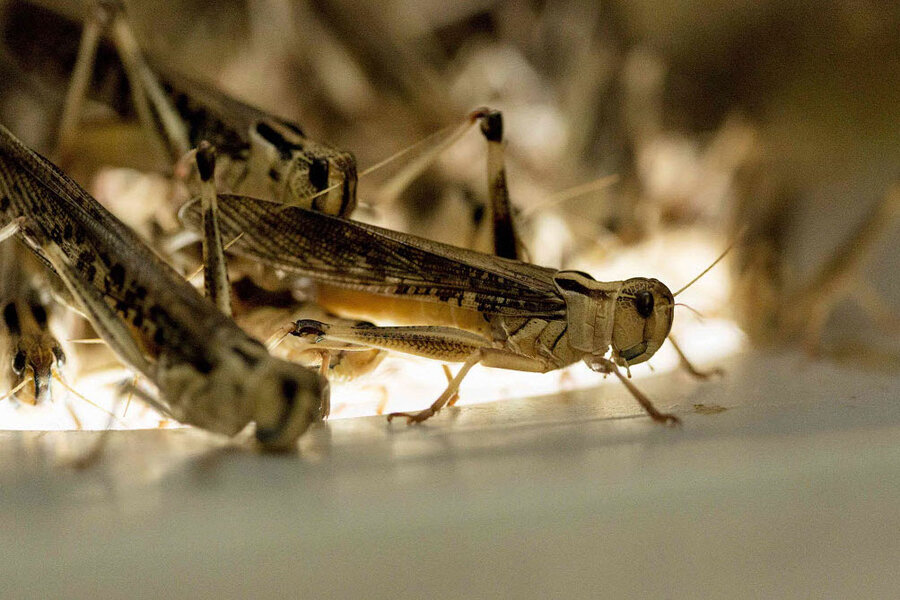What were the first bugs like? Scientists map insect family tree.
Loading...
They pollinate our flowers, vegetables and fruit. They spread deadly diseases. They flash in the summer night. They bore into the wood in our homes. And they serve as supper for birds, reptiles, amphibians and mammals - including people.
Insects are seemingly everywhere, and scientists have been striving to better grasp their history on Earth.
An international research team on Thursday unveiled what it called the most comprehensive insect family tree ever devised, using genetic data to trace insect origins back to nearly half a billion years ago and clarify the relationships among the major insect groups.
The scientists analyzed 1,478 genes from 144 species covering all the major insect groups to resolve longstanding questions about the evolution and diversification of Earth's largest and most diverse animal group.
"Two-thirds of all known animal species are insects," said Bernhard Misof of the Zoological Research Museum Alexander Koenig in Germany, one of the leaders of the study published in the journal Science. "They are the important players in terrestrial ecosystems, together with plants."
The first insects appeared about 480 million years ago at about the same time as the first land plants, the scientists estimated based on the genetic data. That date is 70 million years earlier than the oldest-known insect fossil.
"The Earth 480 million years ago looked more like Mars than our Earth today: nothing but rock, with no life on land. The oceans were full of life, but life out of the water is really quite challenging," said evolutionary biologist Karl Kjer of Rutgers University in New Jersey, another of the study leaders.
"Plants and insects co-evolved simultaneously, each shaping the other," Kjer added.
Misof said a prerequisite for insects evolving on land must have been the presence of organic food in the form of the first very modest terrestrial plants. The first insects probably evolved from a group of venomous crustaceans called remipedia, the scientists said.
"We have absolutely no clue of how the first terrestrial insects might have looked, but somehow they must have resembled an animal with crustacean and insect features," Misof added.
The scientists estimated that the first winged insects appeared about 400 million years ago as land plants began to grow skyward to form forests. It would be almost 200 million years before any other type of animal acquired the ability to fly: the winged reptiles known as pterosaurs.
The estimate for the first winged insect is earlier than indicated by the fossil record. The oldest-known insect wing fossil is about 340 million years old.
The study found that the proliferation of flowering plants during the Cretaceous Period, the final stage of the age of dinosaurs, was accompanied by a burst of diversity among flying insects including bees, wasps, flies, butterflies, beetles and moths. But the origin of those groups was much older, around 350 million years ago, Misof said.
The scientists also said the diversity seen today in cockroaches and termites probably evolved in the aftermath of the worst extinction in Earth's history 252 million years ago that wiped out numerous land and sea creatures. Scientists are not certain what caused the mass die-off.





